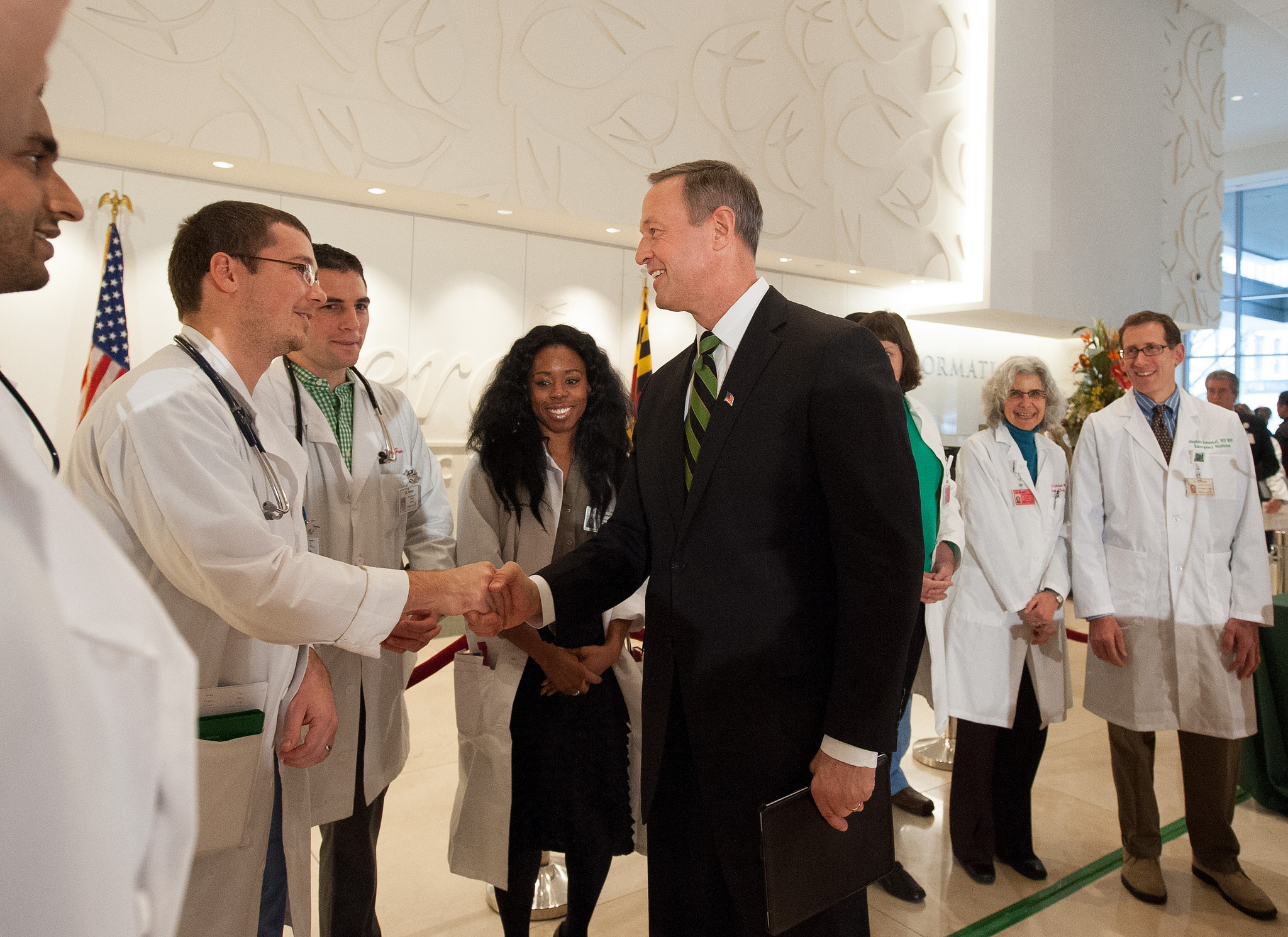There’s a special bond between students and their teachers. As someone who used to teach young children, I know firsthand how students can trust teachers with certain aspects of their lives that they don’t feel comfortable disclosing to other adults. But, students in the Salem-Kaiser school district in Oregon may want to think twice about what they tell their teachers. That’s because district policy stipulates that teachers are mandatory reporters of all student sexual activity. This policy means that teachers who have knowledge or suspicion of students’ sexual activities must file a formal report with the Department of Human Services, local law enforcement, or a school resource officer. What’s more, because they are mandatory reporters, a teacher could actually face disciplinary action and fines if they fail to report known student sexual activity. This law even applies to faculty members making reports on their own children if they are students in the district. The year is 2017, but this puritanical policy is straight out of the 17th century.
As a former high school student, I’m appalled by this policy. As a future doctor, I’m deeply troubled. When culture permits our libidinous drive to become an object of surveillance, sex becomes a deviant activity. In criminalizing the natural and healthy exploration of sexuality, we imbue sex with shame.
I could not help but see a link between this policy and the reports of sexual violence that have been dominating the media over the past month. My immediate reaction was that this attitude of surveillance around sex is the fertile soil from which the Harvey Weinsteins of the earth spring forth. In an article about the Harvey Weinstein scandal published in New York magazine, Rebecca Traister writes “What we keep missing, as we talk and reveal and expose, is that this conversation cannot be just about personal revelation or speaking up or being heard or even just about the banal ubiquity of abuse; it must also address the reasons why we replay this scene, over and over again.” Traister sees the perpetuation of crimes of sexual abuse as indicative of a foundational gender injustice; I see them as the result of a culture that was built upon austerity.
America is littered with vestiges of our Puritanical culture. The very fact that we can’t show the bare breast on Instagram, or that we’re still trotting out the story of Janet Jackson’s costume malfunction from Super Bowl 2004 is, to me, an indication that the body is subjected to surveillance when it’s recognized as a vessel of sexuality. Sarah Silverman’s June 2017 appearance on Jimmy Kimmel Live! illustrates this. She holds up a picture of a penis that she drew while hospitalized and correctly assumes that the picture is intentionally blurred to viewers at home, per FCC regulations. She then facetiously tells producers that what she actually drew was a stalk of asparagus, and the picture instantly becomes clear. The image is, in a way, treated as criminal, and is subject to surveillance via pixelation, and yet that surveillance is instantly removed when the association with sexuality is removed.
In a way, we’re all responsible for allowing crimes of sexual violence to occur. My intention here is not to negate the free will of an individual who chooses irresponsible, repugnant behaviors, but to suggest that we have fostered a culture which, in a way, suggests that abhorrent sexual behaviors may be the basest way to get one’s needs met. When two 16-year-olds are in a healthy, consensual sexual relationship, and this relationship gets reported to the authorities, we are sending the message that even an appropriate sexual encounter is considered an act of deviance. And it starts even at a more localized level than the school. If kids are not hearing about sex in their households and are not raised with the understanding that sexual appetite is as normal a bodily function as urination or defecation, the overwhelming message is, at the very least, that sex is something that needs to be hidden away, or more damaging still, that sex is shameful.
Sexual violence is borne from the “sex = shame” mentality. When we classify the perpetrators of these crimes as being “sex addicts,” it excuses these damaging and vile behaviors as an unfortunate error of biology rather than viewing them as a product of learned behavior. This is not to say that sex addiction isn’t a real pathology, but rather to point out that we may be confounding biology with behavior. Though sex addiction has never been classified as a diagnosis in the Diagnostic and Statistics Manual (DSM), most experts agree that the diagnosis of a sex addiction would require a higher-than-average sex drive coupled with compulsive sexual behaviors even in the face of negative consequences. Sexual drive is a difficult feature to quantitatively measure, but I suspect that a high sex drive is not the cause for most crimes of sexual violence. I strongly believe that by committing acts of sexual violence, perpetrators are primitively attempting to meet their needs. In other words, while the sexual appetite is normal, the internalization of the “sex = shame” mentality is so embedded in the psyche that the sexual act becomes a part of this narrative. When one believes that one’s sexual drive is shameful, libidinous urges cannot be openly discussed, and instead may be dealt with in a way that is clandestine and non-consensual. Larger issues of power and privilege, though out of the scope of this writing, come into play when individuals are enabled to act out these violent behaviors.
Sexual violence is systemic. If we don’t change our cultural attitudes toward sex, we will continue to foster an environment which is likely to create sexual criminals. Young people who are just beginning to explore their identities as sexual beings through relationships with others are most susceptible to the internalization of the “sex = shame” narrative. If we don’t learn to shed our Puritanical vestiges and celebrate the healthy, safe, and consensual sexual exploration of these young people, we will continue to support a society of people who are reduced to committing crimes of sexual violence.
References:
YThe Conversation We Should Be Having: https://www.thecut.com/2017/10/harvey-weinstein-donald-trump-sexual-assault-stories.html
Internet sex addiction: A review of empirical research: http://www.tandfonline.com/doi/abs/10.3109/16066359.2011.588351
Is Sex Addiction Curable? http://www.newsweek.com/sex-addiction-curable-kevin-spacey-seeks-rehab-condition-does-not-exist-703541
Salem-Keizer staff told to report student sexual activity, including own kids: http://www.statesmanjournal.com/story/news/education/2017/10/31/oregon-mandated-reporter-salem-keizer-staff-told-report-student-sexual-activity-including-own-kids/798865001/
Sarah Silverman on Near Death Experience: http://abc.go.com/shows/jimmy-kimmel-live/video/featured/VDKA3871414
Photo Credit: Wyatt Fisher










